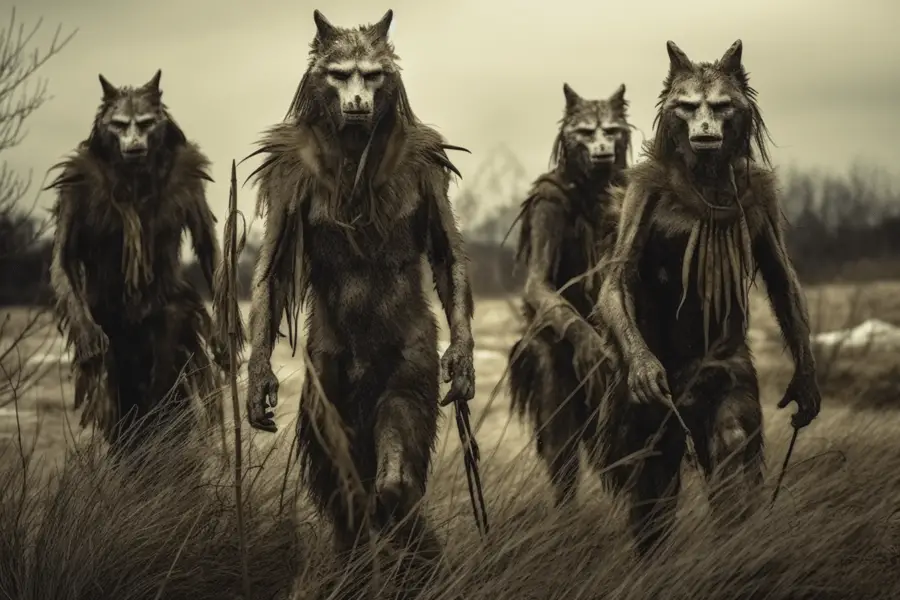Share the Lore!
By: Sid Meyers
The Shapeshifting Menace: Exploring the Lore and Legend of Skinwalkers in Native American Folklore
Skinwalkers are one of the most intriguing and terrifying creatures in Native American folklore. These supernatural beings are said to have shape-shifting abilities, allowing them to turn into animals or other human beings. According to legend, skinwalkers have the power to control minds, cause sickness, and even death.
The significance of skinwalkers in Native American culture is deeply rooted in their mythology and traditions. Among the Navajo tribe specifically, skinwalkers are believed to be witches who practice dark magic and use their powers for evil intent.
They are also often associated with taboo subjects such as murder, cannibalism, and incest. As such, these creatures occupy a unique place within Native American folklore – both feared and revered at once.
While some may dismiss tales of skinwalkers as mere superstition or mythological fiction, they play an important role in the spiritual beliefs of many Native American tribes across North America. Understanding why these creatures inspire such fear and fascination requires a deeper exploration of their origins within Navajo mythology and beyond.
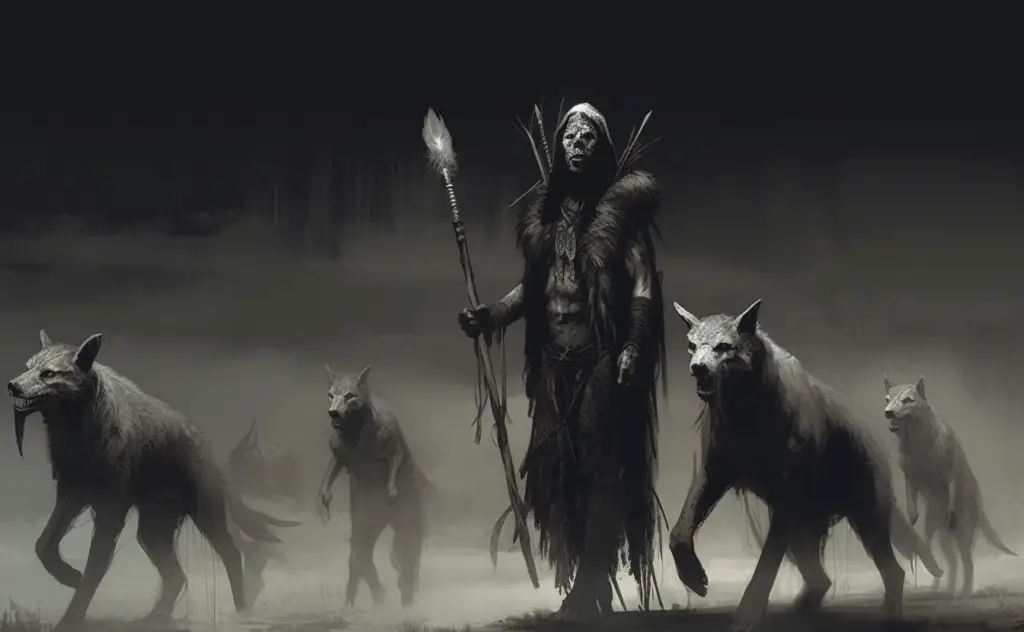
Fun Fact: Skinwalkers are believed to have the ability to mimic the voices of their victims, which they use to deceive and lure unsuspecting individuals.
The Origins and History of Skinwalkers in Navajo Mythology
Skinwalkers, also known as yee naaldlooshii, are primarily known to be a part of Navajo mythology. According to Navajo legends, skinwalkers are witches or sorcerers who are able to transform themselves into different animals by wearing the skin of the animal they want to become.
They are believed to possess supernatural abilities such as shape-shifting, mind-reading, and manipulating objects from a distance. The origins of skinwalker legends date back to pre-Columbian times and most stories were passed down orally from generation to generation.
It is said that skinwalkers were originally medicine men who were ostracized from their tribe due to practicing black magic. Some even say that the skinwalker legend was created as a way for Navajos to explain unexplainable phenomena such as mysterious deaths or disappearances.
Similar Creatures in Other Native American Cultures
Skinwalkers are not limited only to Navajo culture; similar creatures exist in other Native American cultures as well. For instance, in the Lakota Sioux tradition, there is a creature called “Iktómi” that shares many similarities with the skinwalker legend. In some tribes in Oklahoma and New Mexico, there is a similar creature called “yenaalnishii” which translates to “he goes on all fours.”
It’s interesting how different tribes have their own variations of this legend but they all share similarities. It highlights how important animals have been historically for Native American tribes and how they view them as more than just creatures that inhabit their habitat.
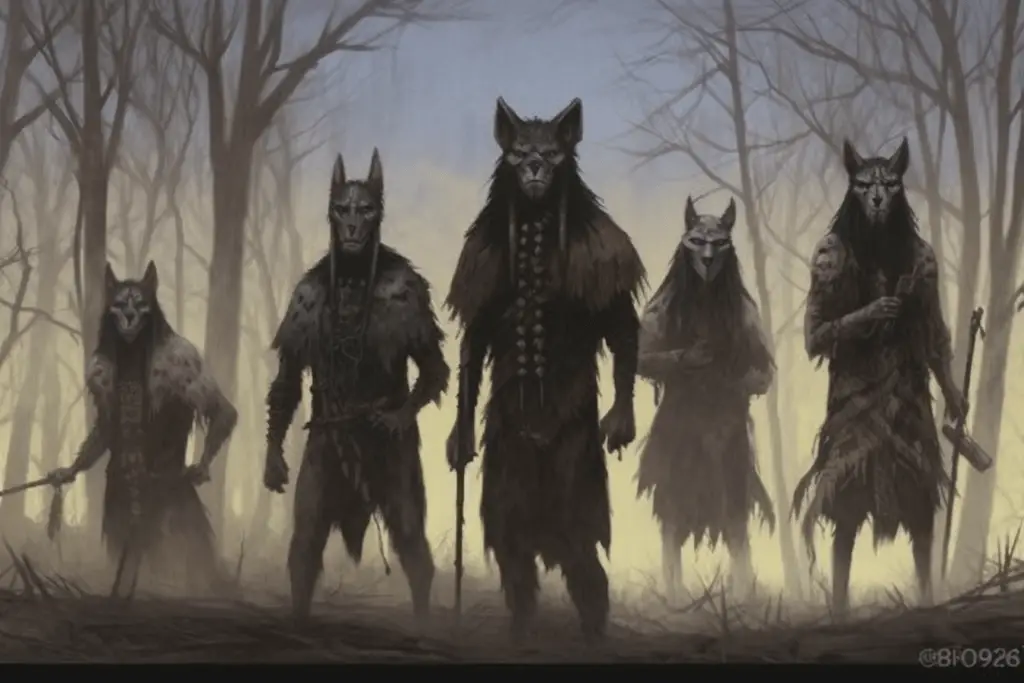
The Role of Skinwalkers in Traditional Navajo Society
In traditional Navajo society, yee naaldlooshii were feared because they were believed capable of inflicting harm or death upon others. According to Navajo beliefs, if a skinwalker reveals their true identity, they will die.
Therefore, it was important to keep an eye out for any suspicious behavior as well as take precautions such as not leaving clothing outside overnight. Modern-day Navajos still hold these beliefs and treat the skinwalker legend with respect.
It’s not uncommon to hear stories of people who claim to have seen one or had a close encounter with one. While some may view it as just a myth, it’s an essential element of Navajo culture that has been passed down through generations and will continue to be held in high regard for years to come.
Fun Fact: According to Navajo legends, skinwalkers can possess the bodies of animals, allowing them to blend in and move unnoticed. It is believed that skinwalkers can manipulate and control the minds of animals, using them as spies or companions.
Physical Characteristics and Abilities Attributed to Skinwalkers
Skinwalkers are believed to have the power to transform into any animal they desire, including wolves, bears, foxes, and owls. They also have the ability to mimic the human voice and the sounds of animals. When in their animal form, they are said to retain some of their human features such as their eyes or facial expressions.
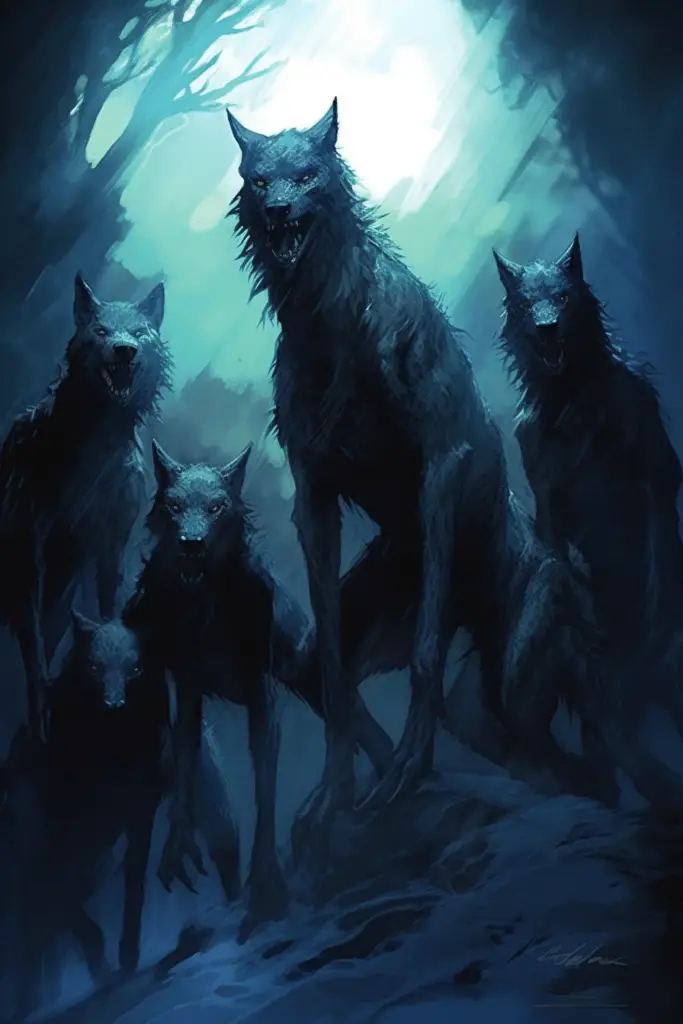
Some believe that the skinwalker’s eyes glow in the dark as an animal would. In addition to physical transformations, skinwalkers are also said to have supernatural abilities such as telepathy and mind control.
It is believed that they can read people’s thoughts and manipulate them through their abilities. Many stories describe people feeling paralyzed or unable to move when encountering a skinwalker.
How They Transform into Animals or Other Beings
The process of transformation for a skinwalker is often described as a dark ceremony involving the use of human bones and other ritualistic items.
According to Navajo legend, one must commit an unspeakable act before gaining the ability to shape-shift. After this act has been committed, they can acquire power by donning the pelt of an animal while performing a specific ritual.
Some stories suggest that certain individuals are born with this ability but must still go through a rigorous training process in order to master it. Others claim that ancestral spirits can grant them power through dreams or vision quests.
The Connection Between Skinwalker Abilities and Shamanism
In Navajo culture, shamans play an important role in spiritual healing and protection against malevolent forces such as skinwalkers. While there is no direct connection between being a shaman and being able to transform into an animal or other form, it is believed that both involve tapping into supernatural powers beyond what most humans can comprehend.
Many skinwalkers are believed to have once been shamans who turned to the dark side and became corrupted by their own power.
It is said that they use their abilities for personal gain and to cause harm to others, rather than for the greater good. Nevertheless, some believe that there are still good shamans who use their abilities to help people in need and protect them from evil forces like skinwalkers.
Fun Fact: According to certain legends, skinwalkers are capable of running incredibly fast, surpassing the speed of any human or animal.
Famous Legends and Stories about Encounters with Skinwalkers
It is said that encountering a skinwalker is a terrifying experience that many Native Americans fear. There are countless stories of people seeing skinwalkers, but one of the most famous stories comes from the Navajo tribe.
The story goes that a young girl was walking home alone from a friend’s house when she felt like someone was following her. She turned to see an old woman with gray hair and wrinkled skin walking toward her.
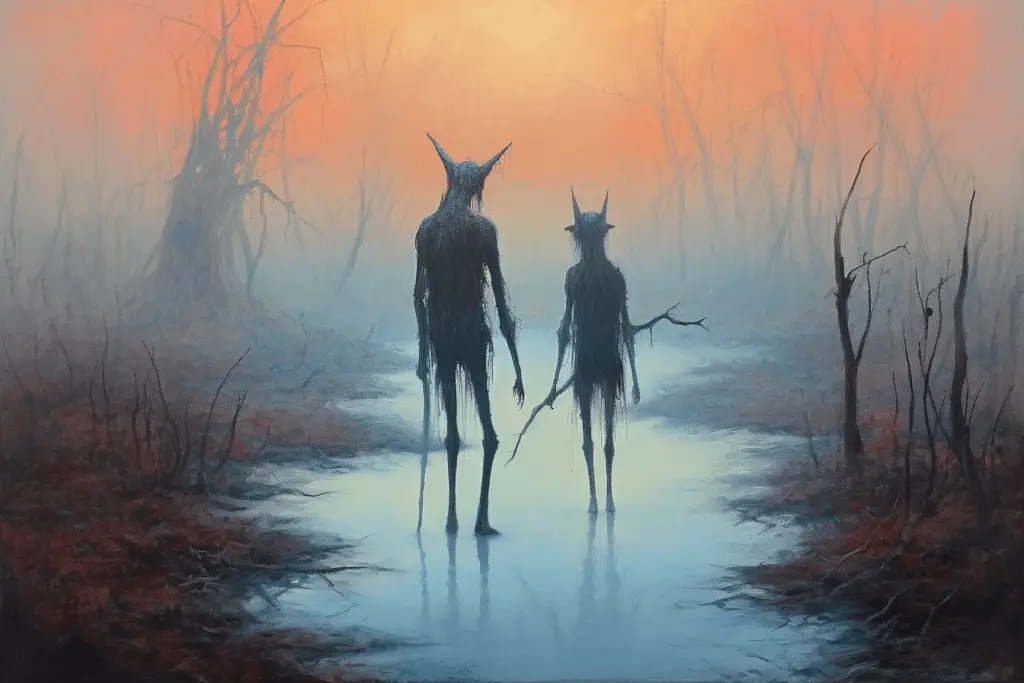
As she got closer, the girl noticed that the woman’s eyes were yellow and glowing in the dark. The woman then transformed into a wolf-like creature right in front of the girl’s eyes and began chasing her.
The girl ran as fast as she could but couldn’t get away from the creature until she finally reached her home where she frantically banged on the door until her family let her inside.
This story is just one example of how terrifying an encounter with a skinwalker can be.
Different Variations of the Same Story Across Different Tribes
While skinwalkers are primarily associated with Navajo culture, there are variations of this legend found in other Native American tribes as well. In other tribes, they are called “shapeshifters” or “werewolves.” The differences between these variations can be subtle or drastic depending on which tribe you look at.
Some versions describe them as having human-like features while others depict them more like animals. Despite these differences, there is one common thread among all versions – encountering them is never a good thing.
Overall, legends and stories about skinwalkers have survived for centuries across multiple Native American cultures. While some may brush them off as mere superstition, for those who believe, encountering a skinwalker is something to be feared and avoided at all costs.
Modern Day Beliefs
In modern times, many Native American communities still hold strong beliefs in the existence of skinwalkers. For some, they are seen as a real and present danger that must be avoided at all costs.
Others believe that acknowledging the existence of skinwalkers only gives them more power and refuse to speak about them. There are also those who view skinwalkers as a symbol of cultural resilience.
Despite centuries of oppression and forced assimilation, Native American traditions and beliefs have survived, including the stories of skinwalkers. For these individuals, skinwalkers are a reminder that their culture cannot be erased or forgotten.
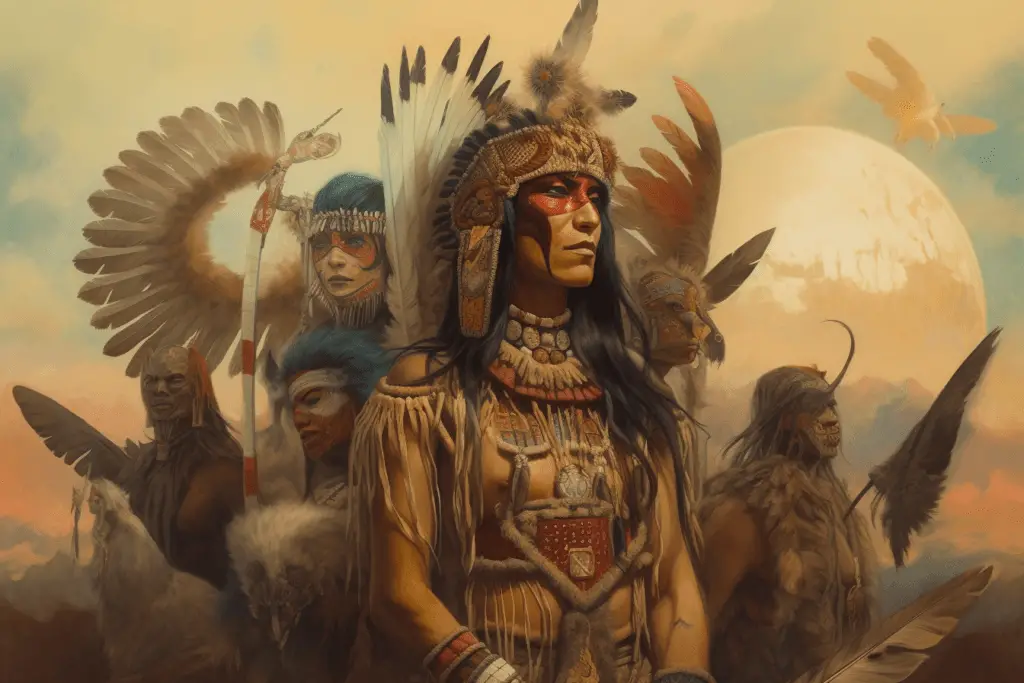
The impact of modern media on the perception of skinwalkers
Unfortunately, modern media has often perpetuated negative stereotypes about Native American culture and further distorted the already misunderstood concept of skinwalkers. Movies like “Skinwalkers” and TV shows like “Supernatural” have depicted them as evil shape-shifters who prey on innocent people.
This portrayal is far from accurate and has led to harmful stereotypes about Native Americans as a whole. Many in the community feel frustrated by the lack of authentic representation in mainstream media and hope for more nuanced depictions in the future.
Despite these challenges, there are also efforts to reclaim cultural narratives around skinwalkers through film, literature, and other forms of art. By telling their own stories on their own terms, Native Americans can challenge harmful stereotypes and educate others about their rich cultural heritage.
Conclusion
One of the most critical takeaways from this exploration is that skinwalkers have deep cultural significance to many Native American tribes, particularly the Navajo people. They are believed to possess supernatural powers that can be both beneficial and dangerous, depending on their intentions.
The widespread fear surrounding skinwalkers has led them to become a topic of intrigue for many people outside traditional Native American communities. Another key point is the importance of respecting different cultures and their beliefs.
Skinwalker stories are often sensationalized in popular media without any acknowledgment or consideration for the cultural significance they hold within certain communities. It is crucial to approach topics like these with sensitivity and respect in order to avoid further harm or offense.
While our understanding of skinwalkers may never be complete, it is important to recognize their place in Native American folklore and culture. By respecting cultural differences and engaging in thoughtful dialogue, we can foster a greater appreciation for diverse perspectives and experiences.
References:
Navajo Stories of the Skinwalkers by Dan L. Monroe and Ernest Bulow: This book collects traditional Navajo stories and legends that mention skinwalkers, providing insights into their origins and characteristics. Navajo Witchcraft by Clyde Kluckhohn: This anthropological study explores various aspects of Navajo witchcraft, including the role of skinwalkers and their significance within Navajo culture. The Witchery Way: Navajo Sorcery by Jill D. Sweet: This book delves into Navajo sorcery and witchcraft practices, discussing the belief in skinwalkers and their role in Navajo spirituality. Diné Bahane': The Navajo Creation Story by Paul Zolbrod: This collection of Navajo creation stories includes references to skinwalkers and their place in Navajo mythology. Oral accounts from Navajo elders and community members: Gathering stories and firsthand accounts from Navajo elders and community members who have knowledge and experiences related to skinwalkers can provide valuable insights into their beliefs and cultural significance.
